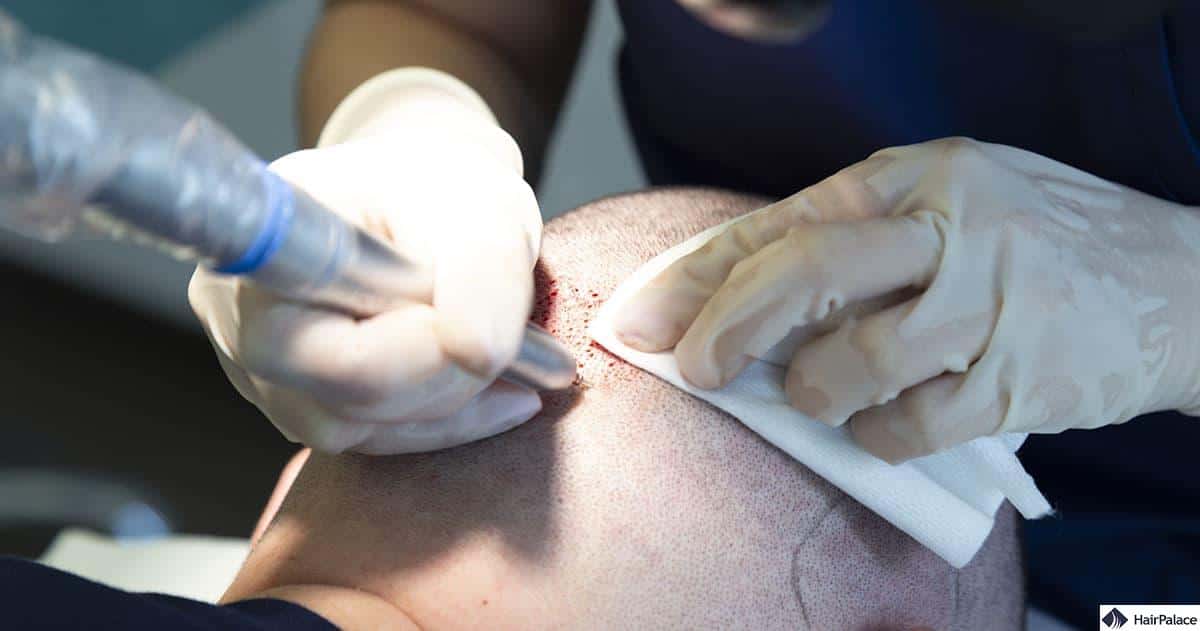In a few days after the hair transplant surgery swelling might occur, that can affect the forehead and the eyes.
The resulting look might be shocking, but there is no need to worry. The oedema might cause discomfort; however, it is not dangerous to the health and would disappear on its own in a couple of days.
In this post, we will take a look at what causes the swelling and what steps you can make to reduce it effectively!
What causes the swelling after the hair transplant surgery?
The FUE2 Safe System method is a non-invasive surgical procedure. As such, general anaesthesia or sedation is not required, the surgeons administer local anaesthesia during the procedure.
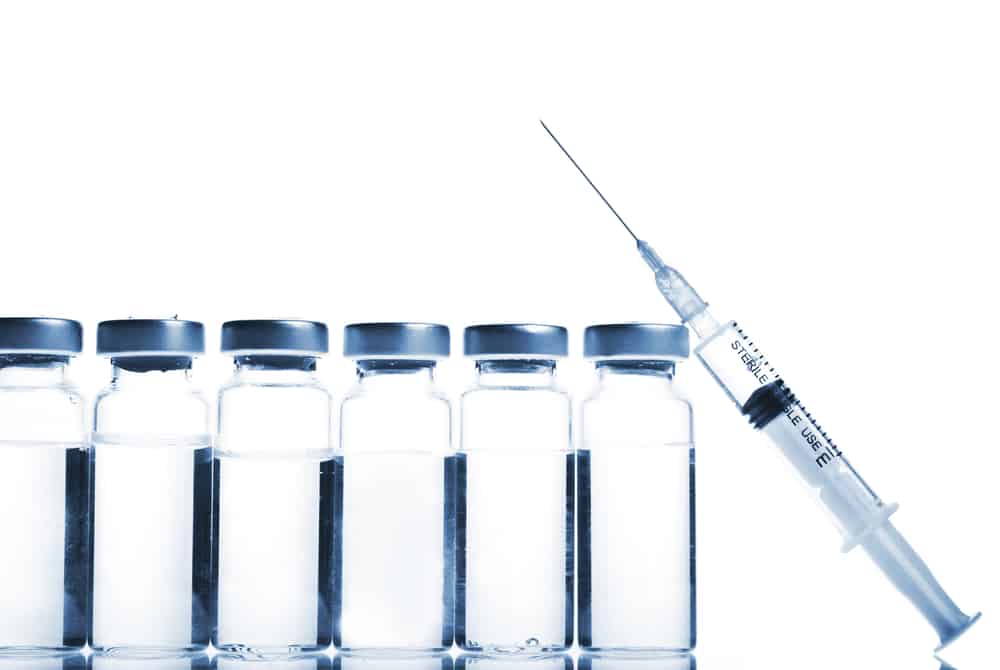
We work with Lidocaine- Adrenaline injections -in this combination the effects of lidocaine last longer, and it also allows the administration of larger doses.
At the start of the surgery, injections are given into the donor area at the back and of the head. The surgeons pain test carefully and make sure that the area is numb before they start the actual harvesting phase.
The afternoon starts with the lidocaine injections again to numb the intended recipient area before the implantation.
Depending on the sensitivity of the skin and number of the transplanted hairs a relatively large amount of lidocaine might be necessary to carry out the surgery in a pain-free way.
As the local anaesthetic is injected under the skin, it will start travelling down due to gravity. The results in a slowly moving swell that can be bothersome if it affects the forehead or the face.
How can the swelling be prevented?
The swelling might occur 2-3 days after the hair transplant surgery and takes a couple of days to disappear.
It can be troubling if the recipient area is at the front of the scalp as the lidocaine will try to flow downwards under the skin. It swells up the forehead first, then the eye area – blocking the sight in some cases – and finally the lower parts of the face.
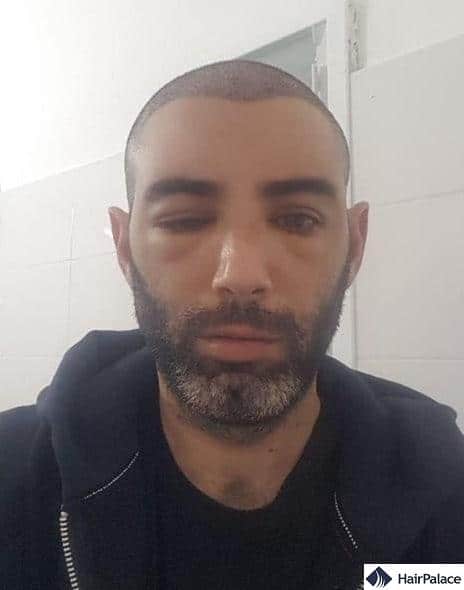
If there is no contraindication, the doctor may recommend a low dose steroid tablet to prevent swelling.
For 3-4 days after the surgery, it is also necessary to massage the forehead frequently. We recommend using a light cream or moisturizer to avoid tugging on the delicate facial skin.
This way the lidocaine can be pushed to the sides reducing the oedema, and the swelling of the eyes can be prevented.
Below you may take a look at the effects of the steroids and the proper massage on the condition a few days after the surgery:


What to do if the forehead or the face is already swollen?
If swelling occurs after the surgery it is important to inform your surgeon.
In the meantime, with the following tips you can reduce the duration and the severity of the swelling:
- Continue with the massage:
It is best to use gentle sweeping motions from the middle of the forehead towards the sides to push away the liquid under the skin.
It is important not to tug the skin, and you must avoid touching the recipient area! - Hydration:
Drinking more water – 2-3 litres per day – can reduce the time it takes for the swelling to disappear. The water helps to flush out the fluid from the lymphatic system quicker.
Summary
The local anaesthetic used during the procedure can accumulate under the skin and may result in swelling in 2-5 days after the surgery.
This oedema might cause discomfort especially if it affects the eye area.
If there is no contraindication the surgeon might recommend a low-dose steroid tablet as prevention. In addition, it is important to frequently massage the forehead for 3-4 days after the surgery, as the doctor instructs. It is best to use careful motions and a dab of facial cream during the massage, avoiding the implanted area.
The swelling reduces and disappears in a few days on its own, but with the continued massage and increased water intake, you can shorten its duration and reduce the discomfort it may cause.
Do you have any questions about the post-surgical care? Ask our colleagues on +44 330 808 0906!
The post How to treat swelling after the hair transplant surgery appeared first on HairPalace.
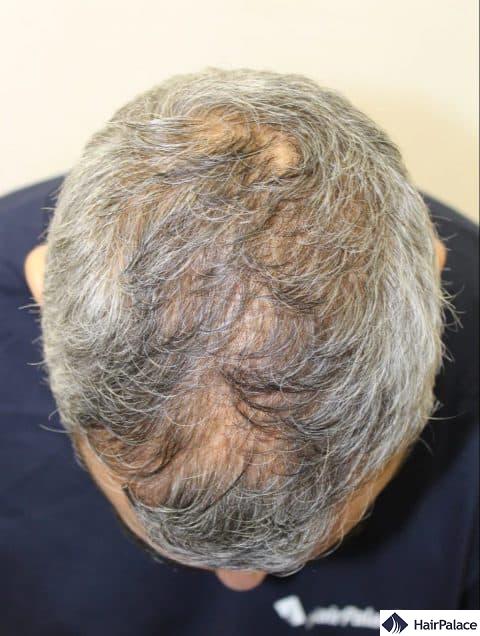
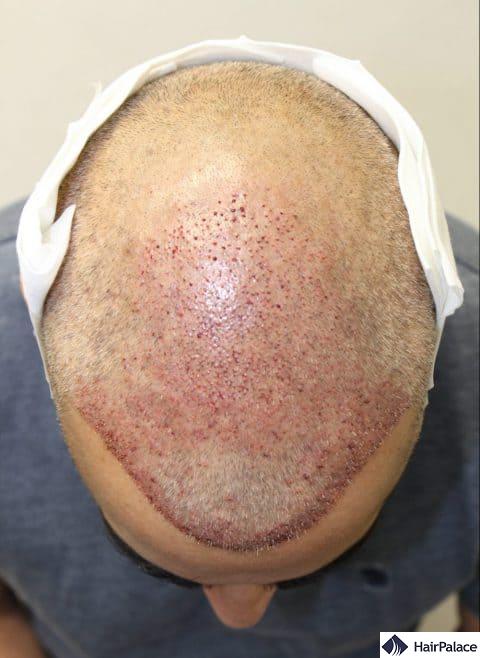
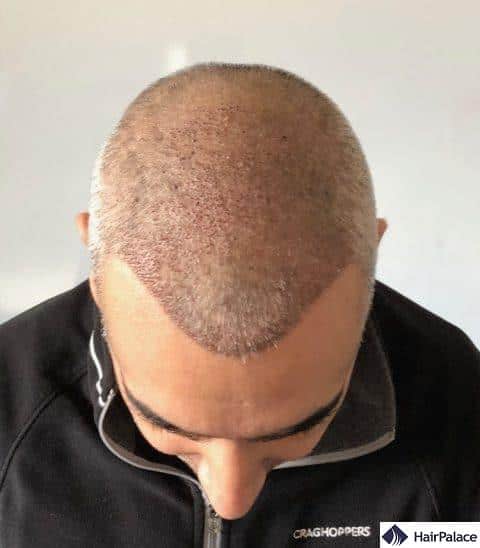
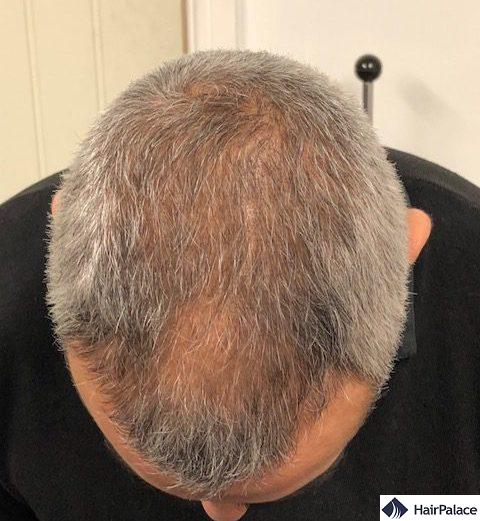
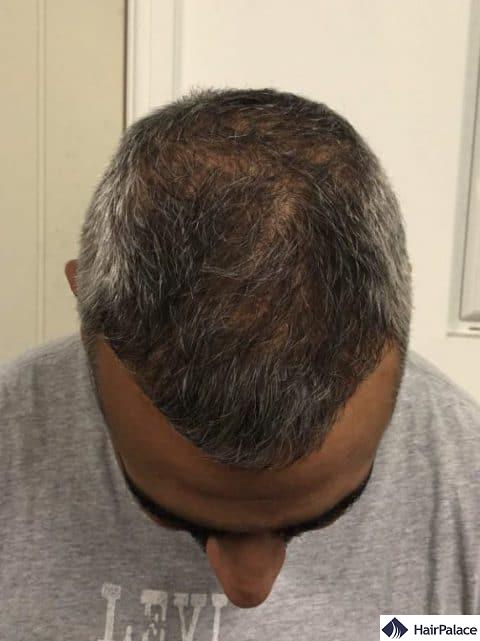
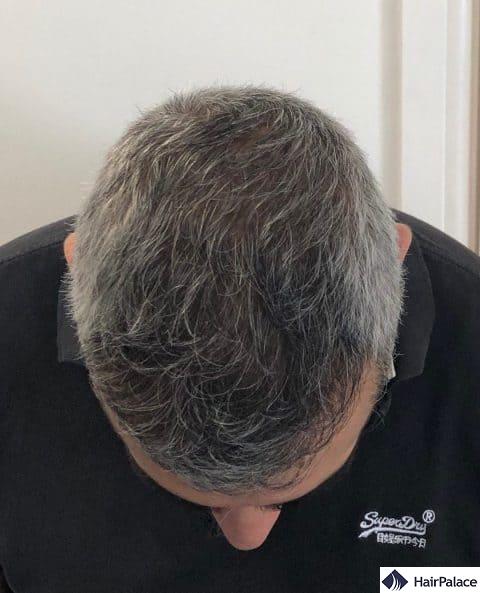
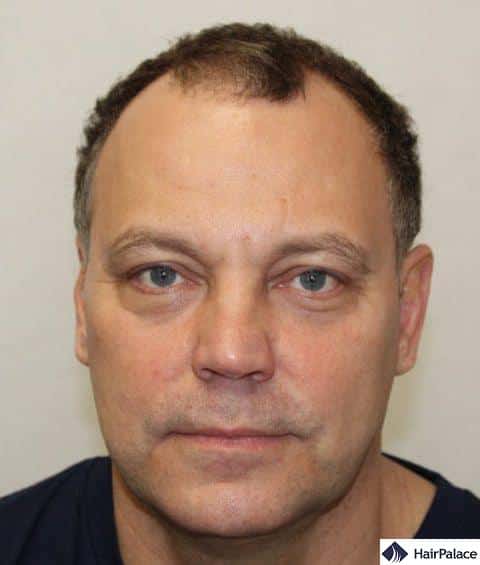
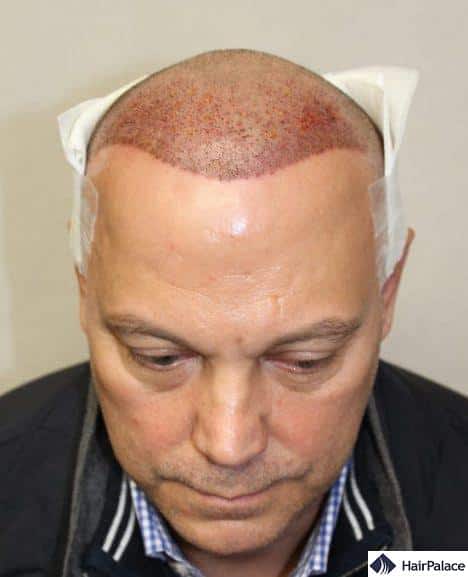
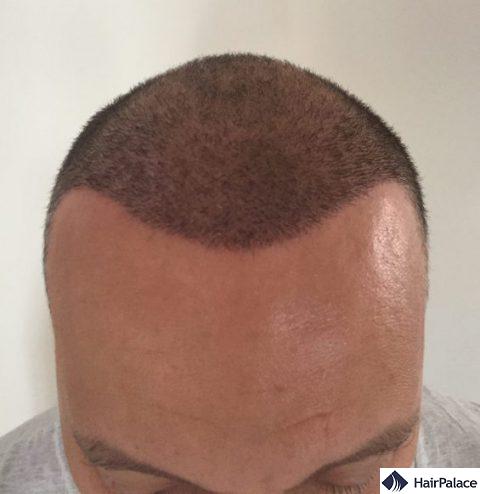
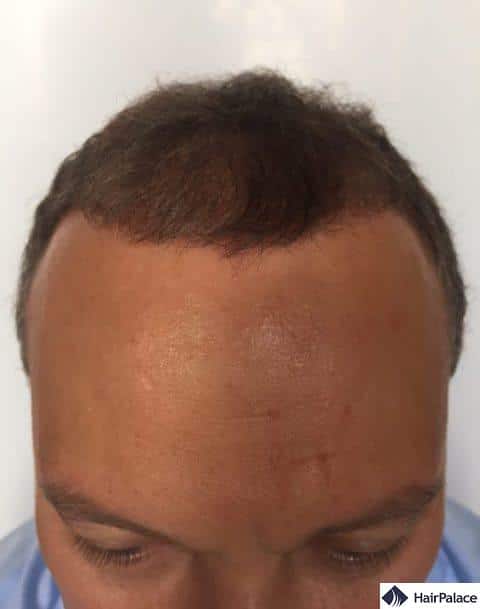
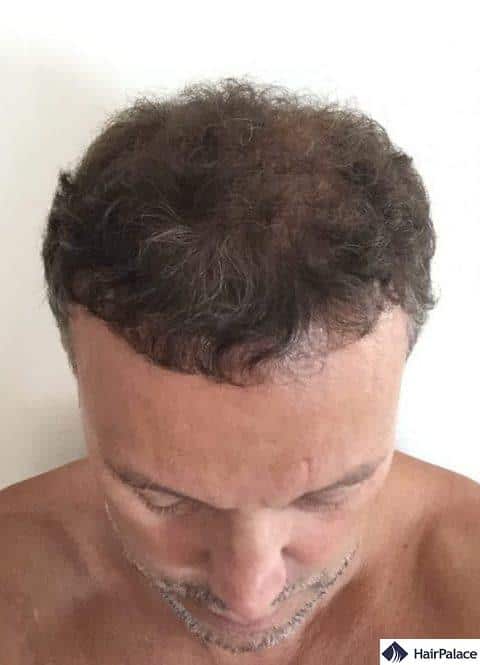




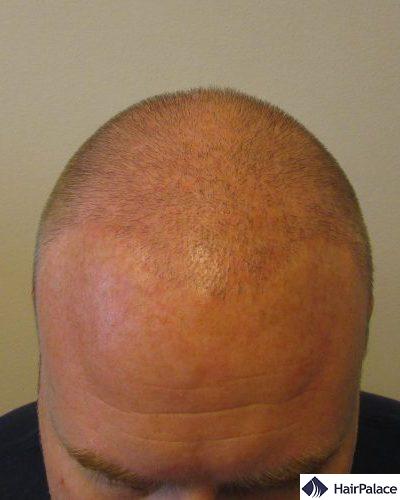










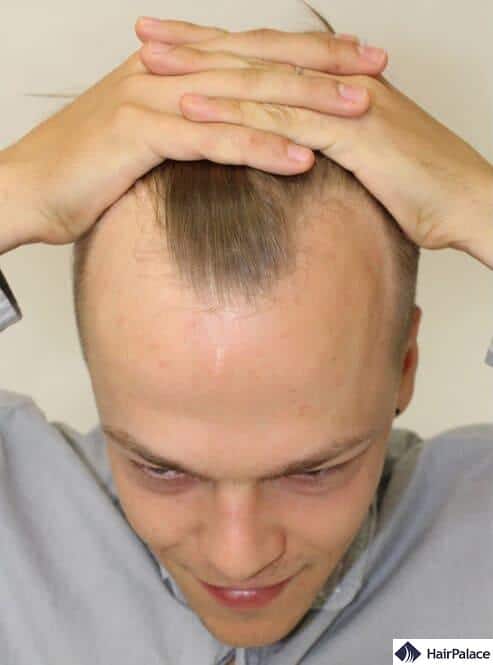
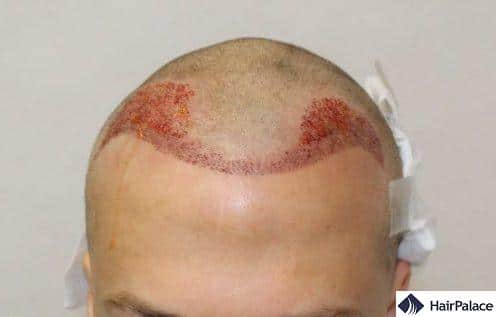
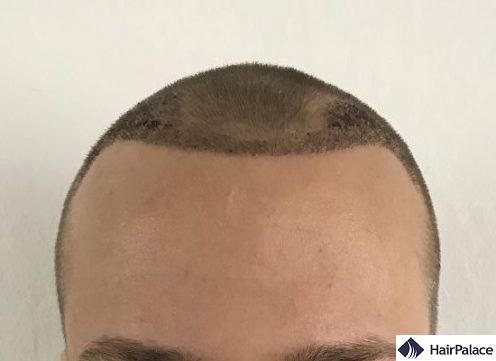


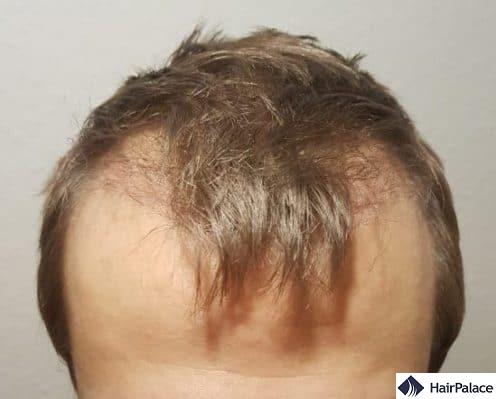
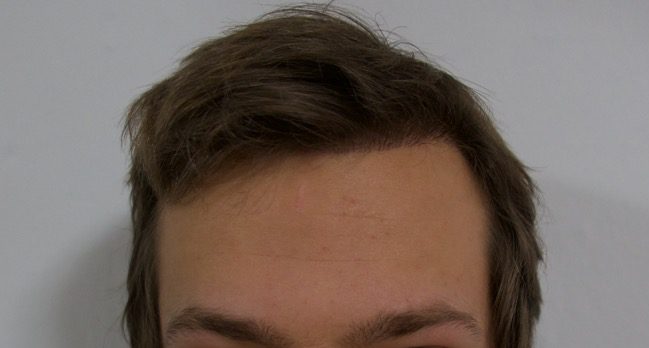
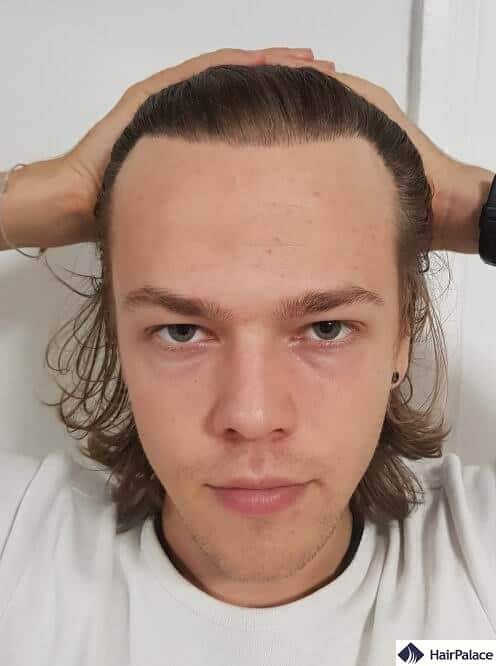








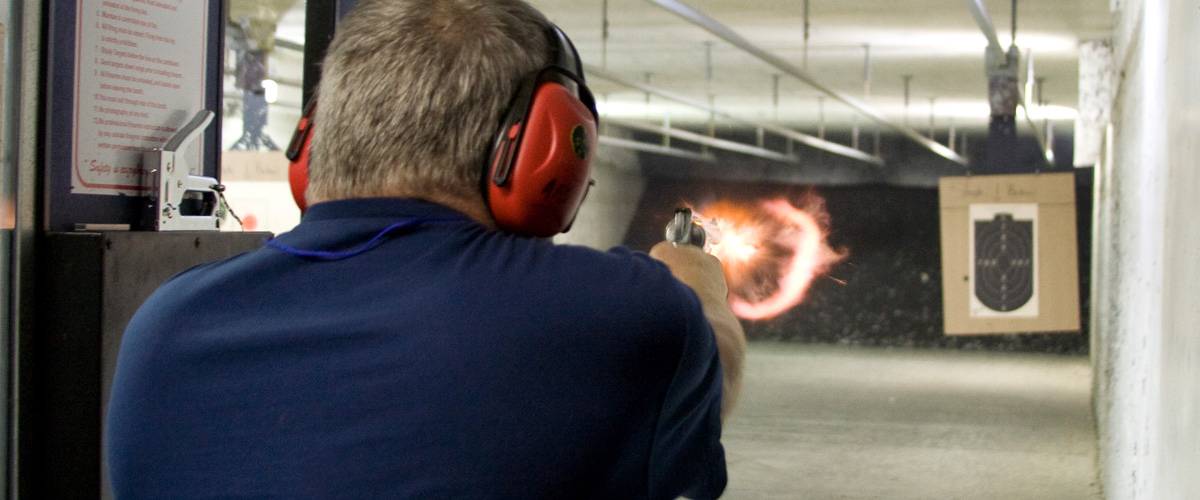











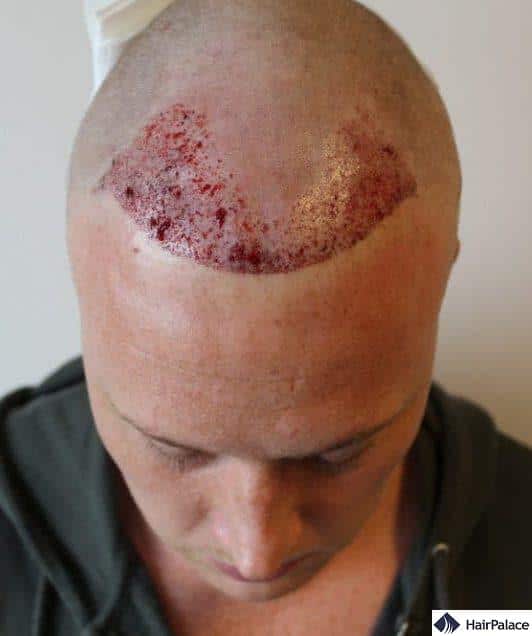












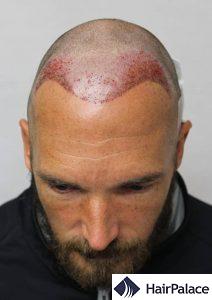


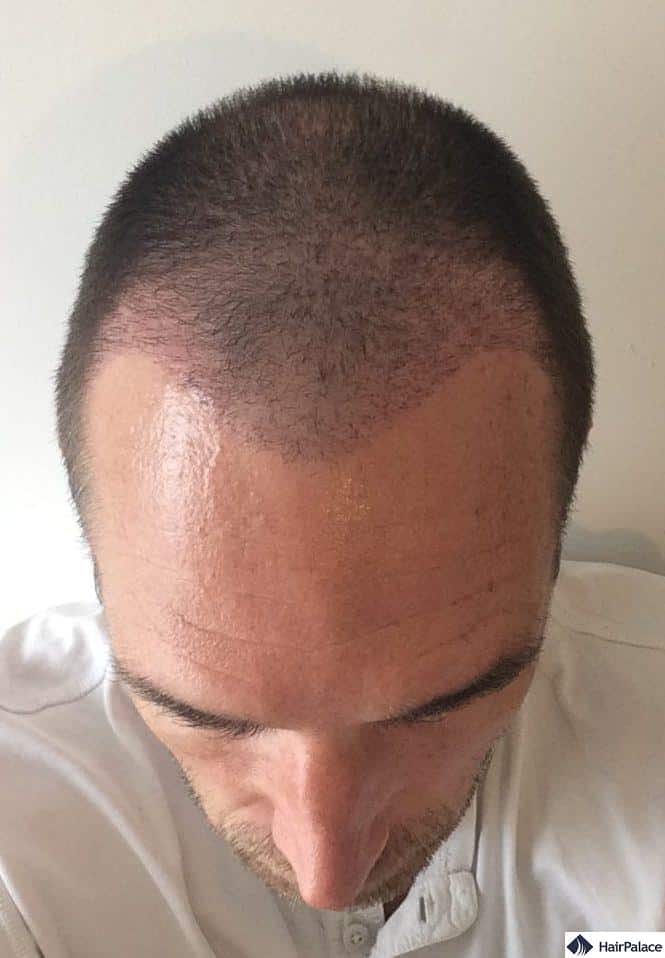


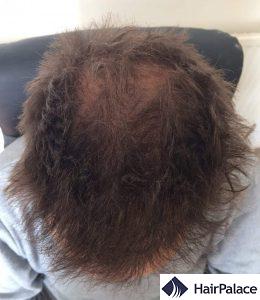


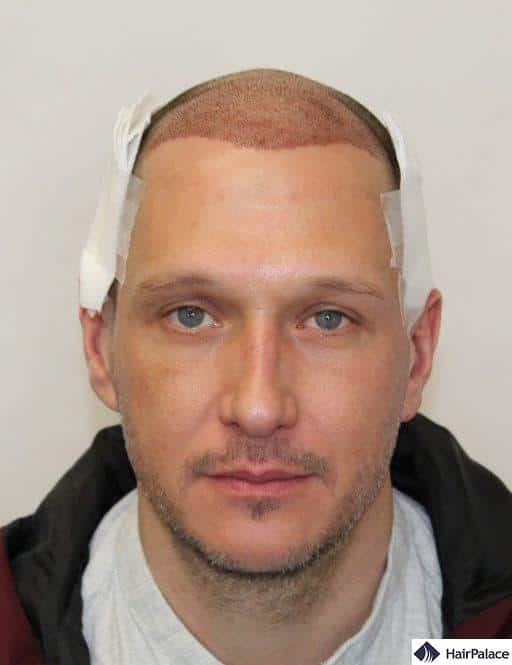
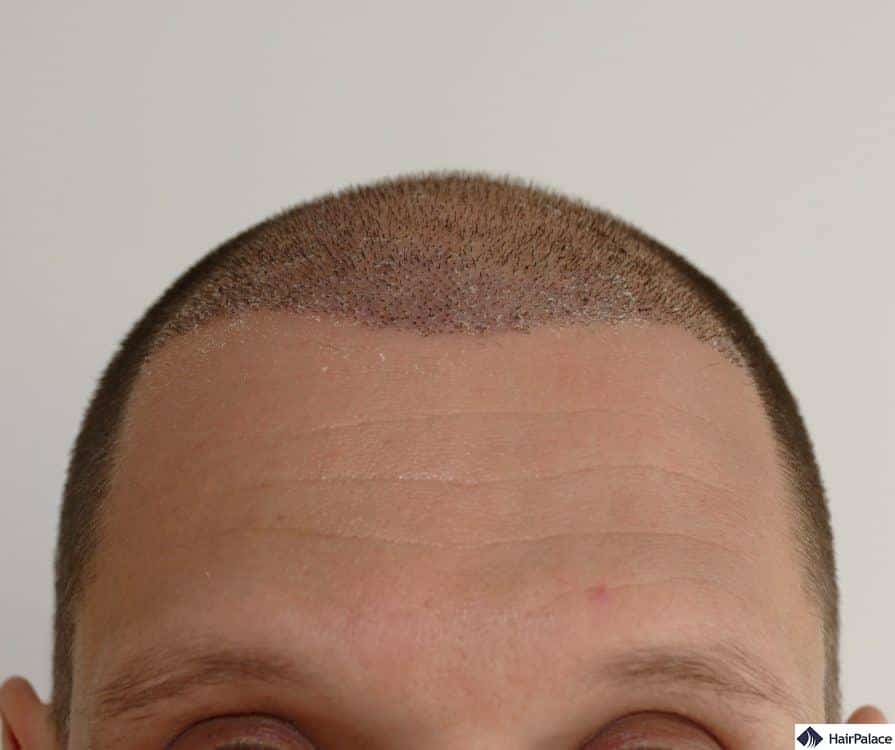
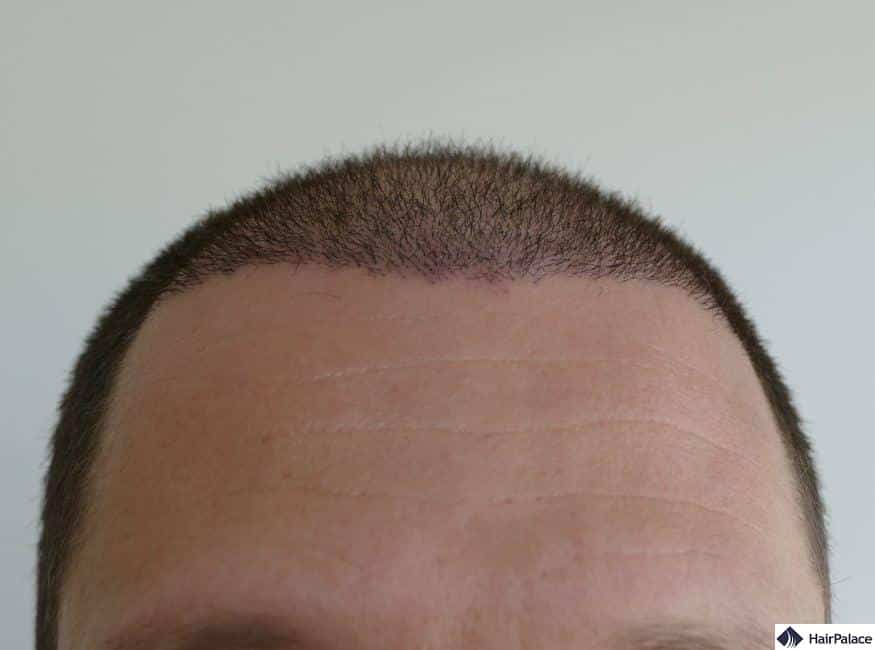
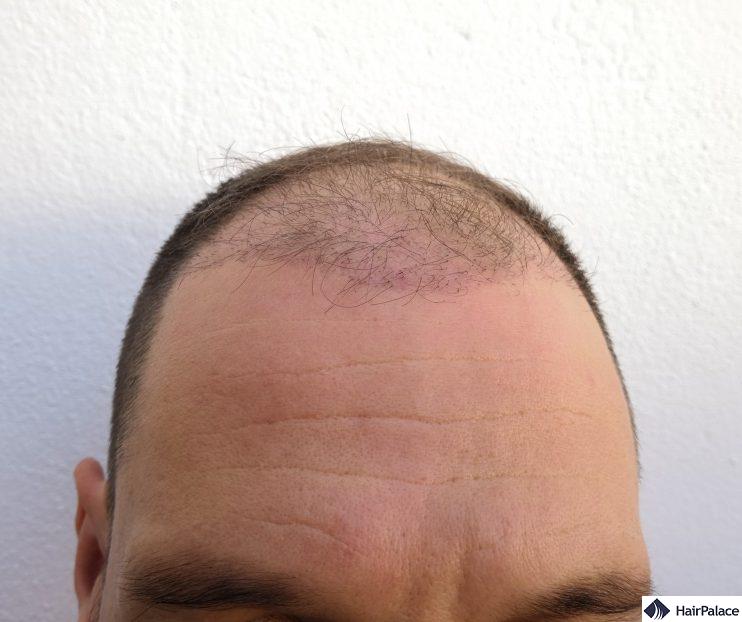
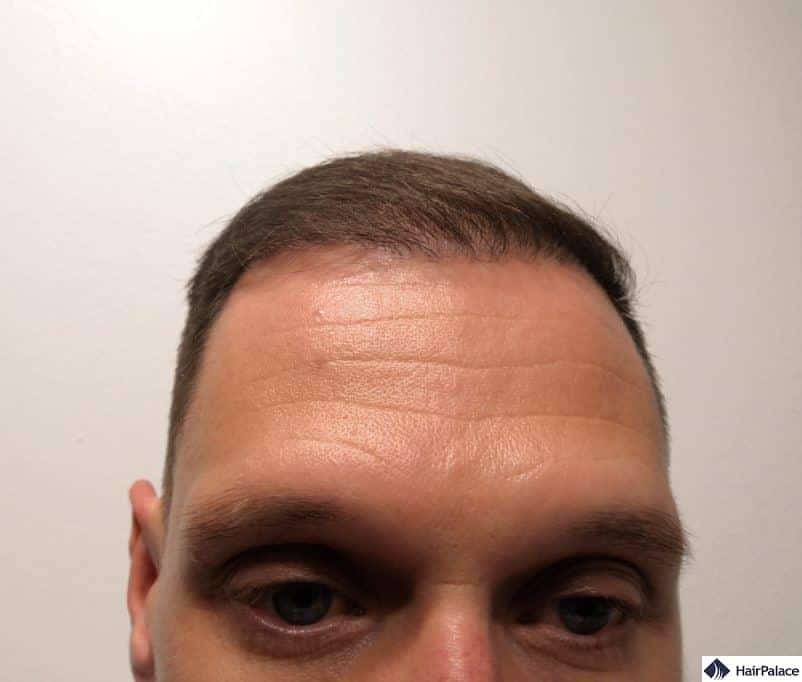







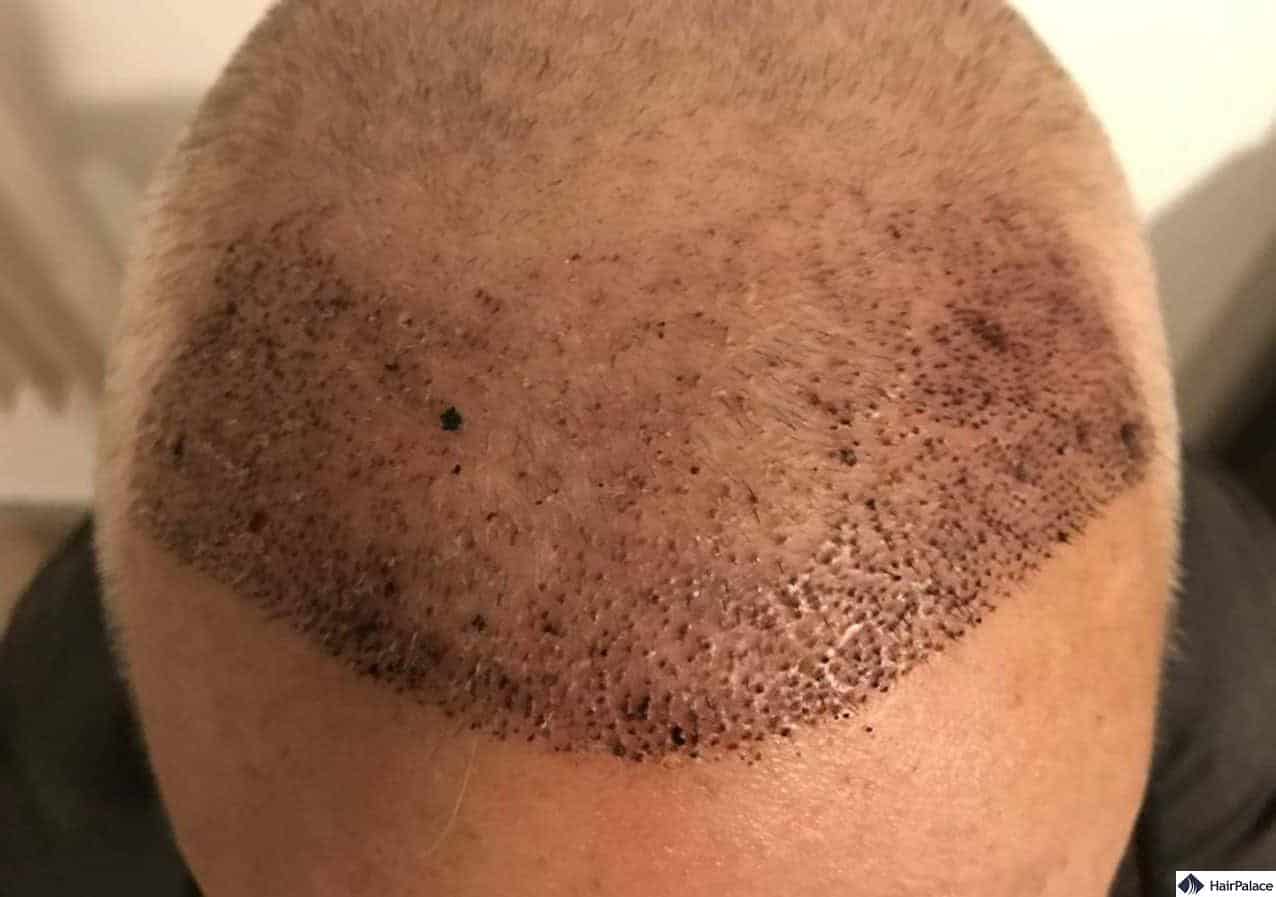
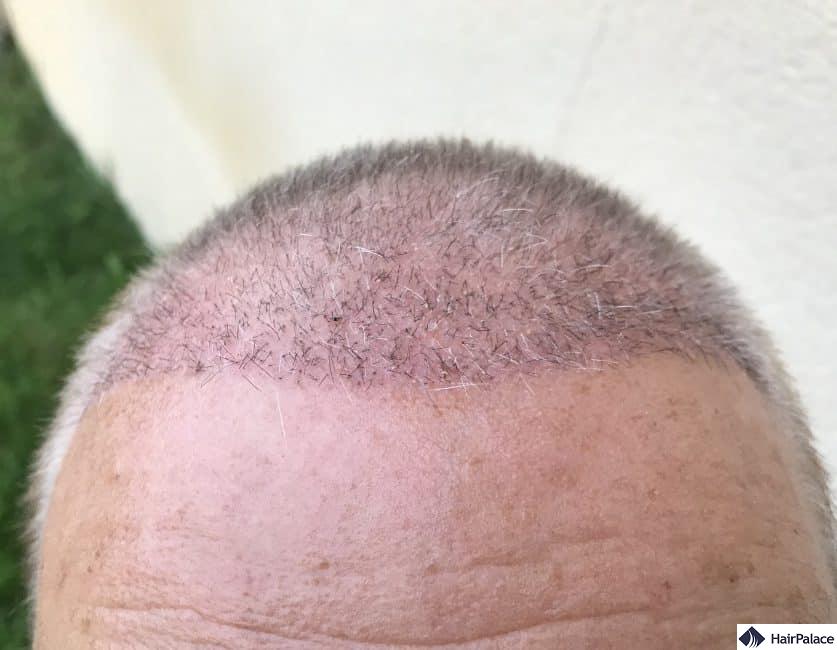
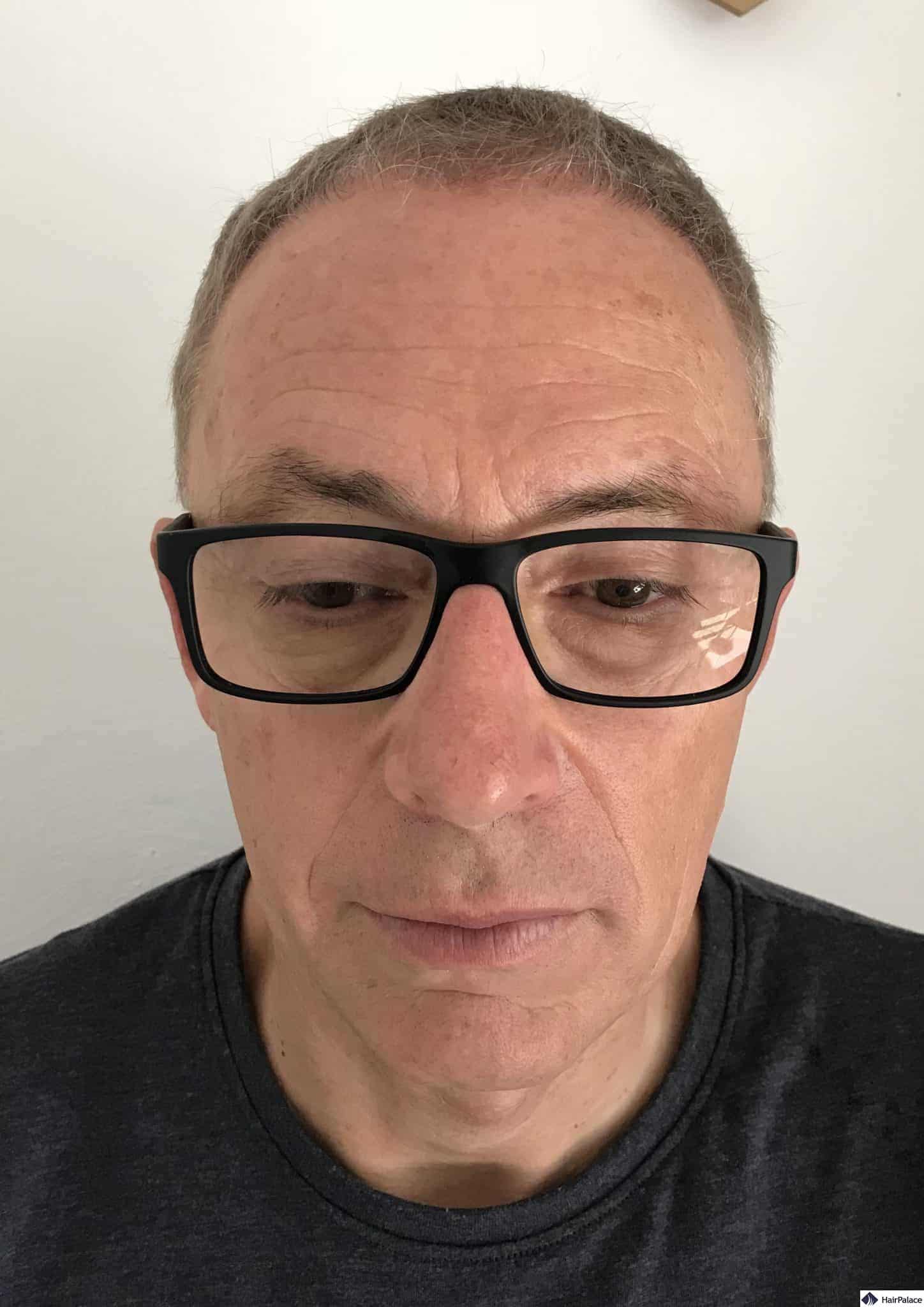
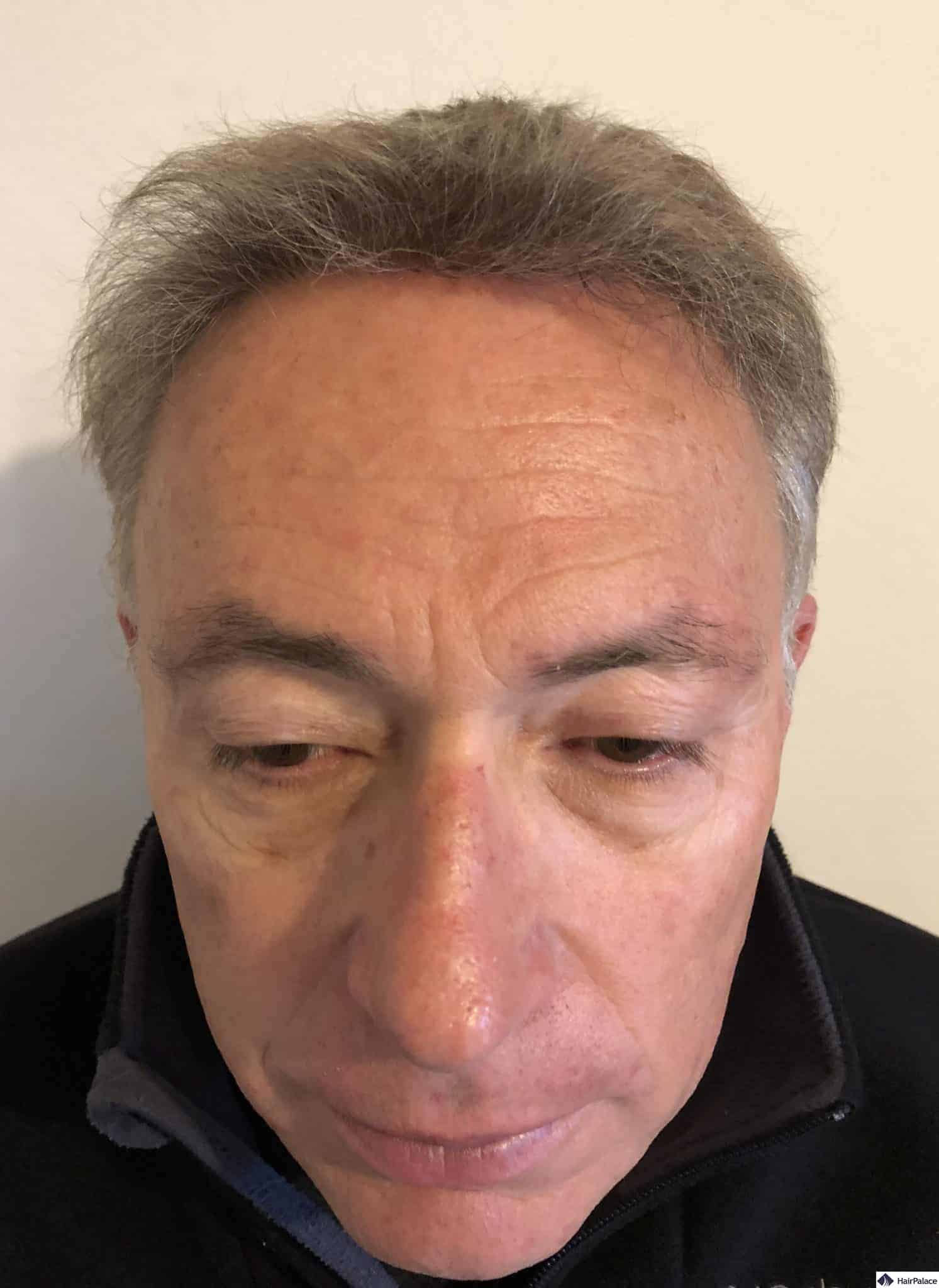


 The actual FUT process is more invasive than FUE.
The actual FUT process is more invasive than FUE.

 FUE is the stronger choice for anyone looking to undergo a hair restoration procedure.
FUE is the stronger choice for anyone looking to undergo a hair restoration procedure.